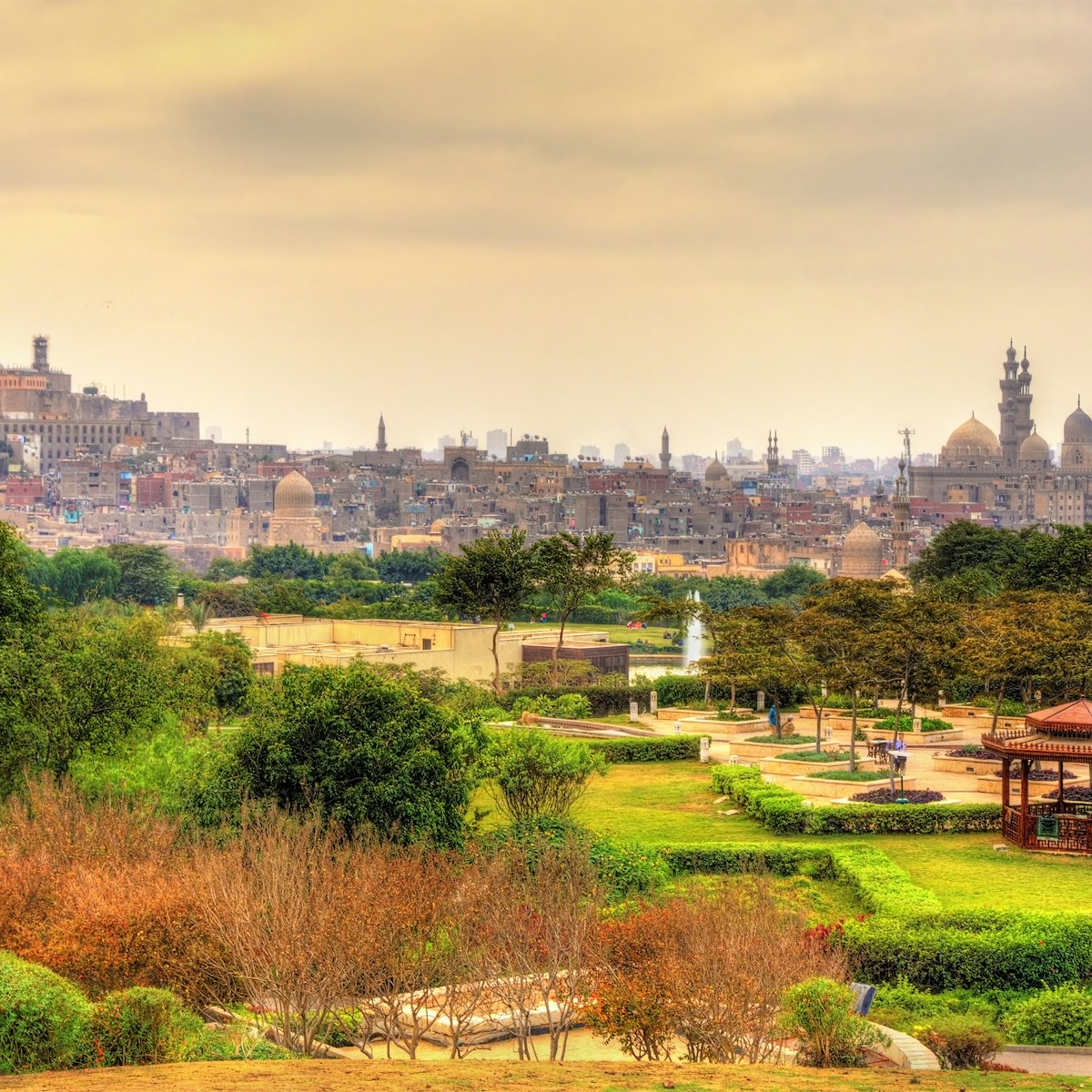The Northern Cemetery is the more interesting half of a vast necropolis known popularly as the City of the Dead. The titillating name refers to the fact that the cemeteries are not only resting places for Cairo's dead, but for the living too. Visitors expecting morbid squalor may be disappointed; the area, complete with power lines, a post office and multistorey buildings, is more 'town' than 'shanty'.
Some estimates put the number of living Cairenes here at 50,000; others, at 10 times this number. As Max Rodenbeck notes in Cairo: The City Victorious, some of the tomb dwellers, especially the paid guardians and their families, have lived here for generations. Others have moved in more recently, trying to make their way back to the centre from bleak low-income suburbs. On Fridays and public holidays visitors flock here to picnic and pay their respects to the dead – this is undoubtedly the best time to come. At all times, remember you're in a private, residential space, and a very low-income one; dress modestly and don't flaunt costly jewellery or gadgets.
The cemetery first appealed to Mamluk sultans and emirs because it afforded the sort of building space that was unavailable inside the densely packed city. The vast mausoleums they built were more than just tombs; they were also meant as places for entertaining – a continuation of the Pharaonic tradition of people picnicking among the graves. Even the humblest family tombs included a room for overnight visitors. The dead hoped they would be remembered; the city's homeless thanked them for free accommodation. This coexistence of the living and the dead was happening as far back as the 14th century; in some tomb-houses, cenotaphs serve as tables and washing is strung between headstones.
The easiest way to the Northern Cemetery is heading east from Midan Al Hussein along Sharia Al Azhar. As you breast the top of the hill, bear right, walk below the overpass and go straight along the road between the tombs. Follow this road to the left, then right. You'll pass by the crumbling, domed Tomb of Emir Tashtimur on your left. About 150m further on, a narrow lane goes left, passing under a stone archway. This is the gate to the former compound of Qaitbey, whose splendid mosque is immediately ahead.







